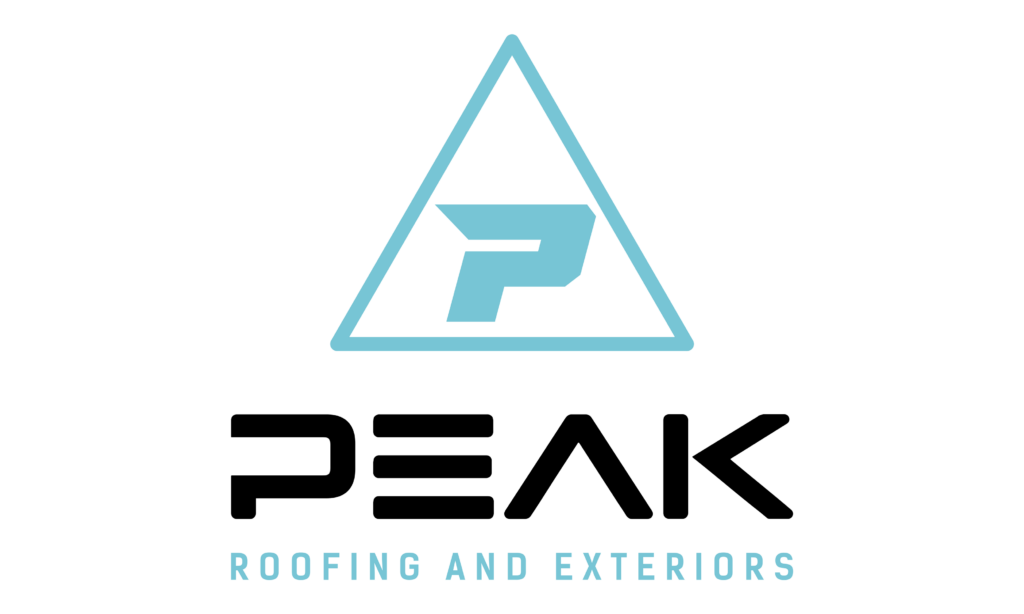Maintaining a sturdy and functional roof is crucial for protecting your home and ensuring its longevity. However, when faced with roof damage or deterioration, homeowners are often faced with the question of how much it will cost for residential roof repair or replacement. Today, we will delve into the intricacies of determining these costs, exploring the key elements that influence pricing, and providing insights to help homeowners make informed decisions.
Roofing Material
The choice of roofing material significantly impacts the cost of repair or replacement. Different materials come with varying price points and lifespans. For instance, asphalt shingles are a popular and relatively affordable option, while metal, tile, or slate roofs tend to be more expensive. Consider the upfront costs, durability, and long-term maintenance requirements associated with each material when assessing overall expenses.
Roof Size and Pitch
The size of the roof, measured in square footage, directly affects the cost of repairs or replacement. Larger roofs require more materials and labor, resulting in higher costs. Additionally, the pitch or slope of the roof plays a role. Steeper roofs are more challenging to work on and may require additional safety measures, impacting the overall pricing.
Roofing Layers and Underlayment
When it comes to replacement, the number of existing roofing layers influences the cost. If there are multiple layers in need of removal before installing the new roof, it will involve additional labor and disposal costs. The condition of the underlayment, which provides a moisture barrier between the roof deck and shingles, may also affect pricing. If the underlayment is damaged or inadequate, it may require replacement or repair, adding to the overall expenses.
Roofing Features
Roofing accessories and additional features can impact the costs. These include items such as flashing, vents, skylights, chimneys, and gutter systems. If any of these elements require repair or replacement, it will contribute to the total expenses. Moreover, the complexity of the roof design and the presence of architectural details can influence costs due to the increased labor and materials required.
Labor and Material Costs
Geographical location plays a significant role in determining the costs of roof repair or replacement. Labor rates and material costs can vary significantly from one region to another. Higher living costs, local demand, and even weather conditions can affect pricing. It is essential to obtain estimates from local contractors to gain a realistic understanding of the expenses associated with your specific area.
Roofing Contractor’s Experience and Reputation
The experience and reputation of the roofing contractor can influence the costs. Established and reputable contractors may charge higher rates due to their expertise, quality workmanship, and use of premium materials. While their prices may be higher, hiring an experienced professional often provides added value in terms of reliability, warranties, and superior craftsmanship.
The Complexity of the Project
The complexity of the roof repair or replacement project affects the costs involved. Factors such as the extent of damage, accessibility, safety requirements, and timeline can impact pricing. Projects that require specialized equipment, extensive repairs, or unique challenges may incur higher costs due to the additional resources and expertise required.
Permitting and Code Compliance
Obtaining necessary permits and ensuring compliance with local building codes can add to the overall costs. Permit fees, inspections, and the need for code-compliant materials and installation processes may contribute to the expenses. However, adhering to regulations is vital to ensure the structural integrity and safety of the roof.
Emergency or Additional Services
During a roof replacement project, it’s important to anticipate and plan for potential extra costs that may arise. While every project is unique, there are common additional expenses that homeowners should be aware of:
- Unexpected Damage – Once the existing roof is removed, unforeseen damage to the underlying structure or decking may be revealed. This could include rotted wood, water damage, or structural issues that need to be addressed before the new roof can be installed.
- Decking Replacement – If the roof decking (the plywood or OSB beneath the roofing material) is damaged or deteriorated, it may need to be replaced. This can happen if there is extensive water damage or if the decking doesn’t meet current building code requirements.
- Mold or Asbestos Remediation – If the existing roof or underlying materials contain mold or asbestos, additional steps and precautions need to be taken to remove these hazardous substances. Proper remediation is essential for the health and safety of the occupants, but it can increase the overall cost of the project.
- Changes in Design or Features – If you decide to make changes to the roof design, add new features like skylights or chimneys, or upgrade the roofing material during the replacement process, these modifications will come with extra costs. It’s important to discuss any design changes with the contractor and understand the associated expenses.
- Permitting and Code Compliance – Obtaining permits and ensuring compliance with local building codes may incur additional costs. Permit fees, inspections, and the need to meet specific code requirements may contribute to the overall expenses of the roof replacement project.
- Disposal and Cleanup – Proper disposal of old roofing materials and debris is essential. The cost of hauling away and disposing of the old materials should be factored into the project budget. Additionally, post-installation cleanup and ensuring the site is left in a tidy condition may involve extra costs.
It’s crucial to discuss these potential extra costs with your roofing contractor and obtain a detailed estimate that includes potential contingencies. By accounting for these possible additional expenses, you can have a more accurate understanding of the overall investment required for your roof replacement project.
Determining the costs for roof repair or replacement involves considering various factors that influence pricing. From the choice of roofing material and size of the roof to labor rates, the complexity of the project, and the reputation of the roofing contractor, each element plays a crucial role. By understanding these factors, homeowners can navigate the process more confidently, make informed decisions, and ensure that their roofs are in optimal condition while staying within their budgetary constraints.
Peak Roofing & Exteriors
If you’re looking for an honest and experienced team that can handle your roofing repairs in Northwest Arkansas, Northeast Louisiana, or West Texas, look no further. Peak Roofing & Exteriors can take care of your home or business with quality and integrity. Contact us today and book a FREE inspection!

